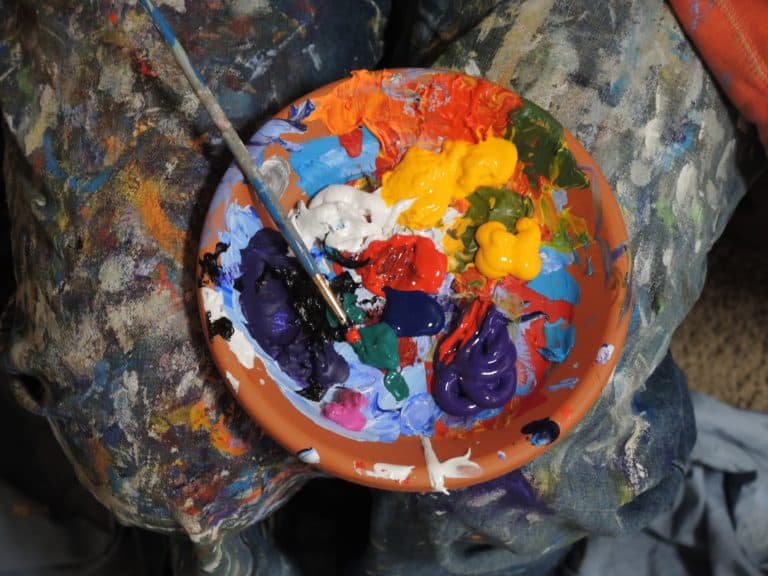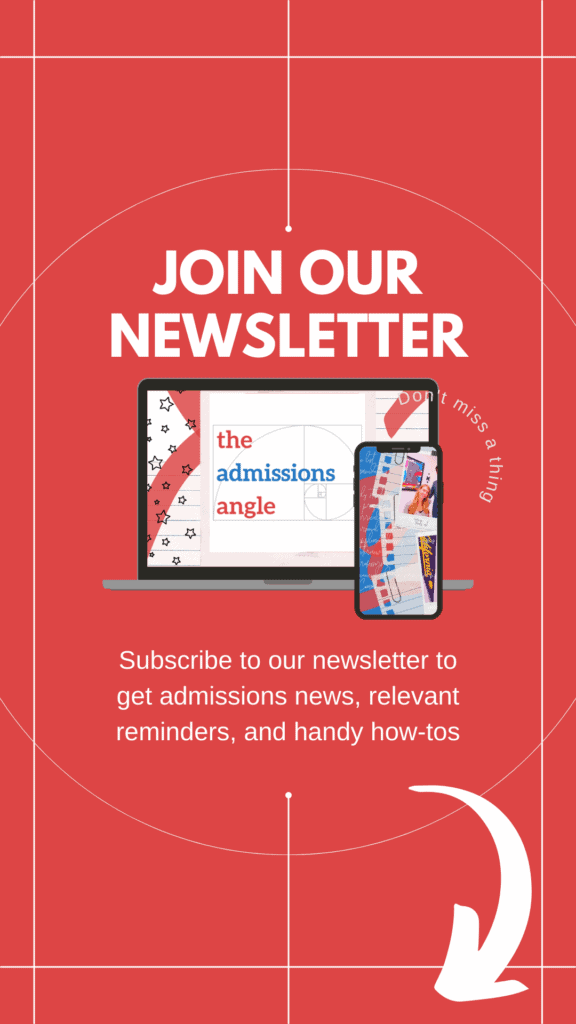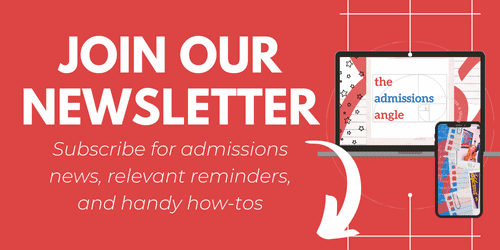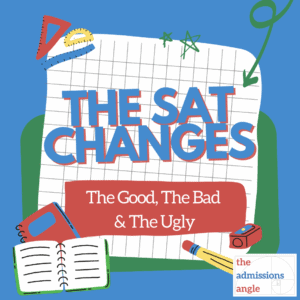
Is Art Useful for a Non-Art Major?
So you’re wondering if there’s merit to making or studying art even if you’re a non-art major? I’m here to tell you that art serves a useful purpose for non-art majors—even if you’re not planning to go to art school.

By SPRING PHAM
What do you think of when the word art is mentioned? Perhaps art brings up the idea of self-expression; the intersection between new media and technology; design and crafts; and for some, art means drawing, painting, or sculpture. Maybe you’re contemplating if art is a worthy venture. Maybe you claim to not have a creative bone in your body. As you think about your college applications and your Admissions Angle, we want to draw your attention to how art can be useful for even non-art majors. Making art provides an interesting angle that not only heightens the value of your application but also bestows personal benefits.

Is art useful even if I’m not planning to go to art school?
A wrinkle to your Angle:
Colleges are looking for interesting students who have interesting interests. They don’t want a mathematician who is only interested in math. Rather, they’re looking for the mathematician who also applies 3D-drawing and architecture into their learning. This is the type of student who thinks outside-of-the-box, and as a result, their interests have perspective.
Portfolio:
Giving some time to art can help you build your portfolio, which you can include in your applications. The portfolio shows artistic persistence and drive, which is valuable to any major, even engineering (as it adds an element of design thinking around systems). Furthermore, it adds dimension to your personality and communicates what you cannot put into words: craftsmanship, use of different media, and visual inquiry.

College Admissions Services
Schedule a Free Consultation
Meet with a mentor one-on-one via video chat to talk about your son/daughter’s admissions plan. Afterwards, receive a no-obligation Customized College Roadmap (CCR) with advice on courses, extracurricular activities, standardized tests, and Admissions Angle strategy.
Creative problem-solving skills:
Apart from admissions value, making or studying art also boosts your creative problem-solving skills. Art is more than what you see–art helps you make connections between different subjects, such as Philosophy, History, and Math. According to the Tate, making art fosters innovation, a trait that leaders in any field share. With the continual iteration that comes with making art, you learn the value of failure, a key stepping stone to innovation.
Communicating visually:
There’s something to be said about why red feels like anger and blue, sadness. Art is embedded everywhere we go: it’s life itself. When you can take a visual element, such as a line, and build various lines on top of each other into a form, you are practicing art. When you can take that same form, and break it down into the skeletal remnants of its lines, you’re practicing visual inquiry. This type of thinking is valuable across every domain. For example, English majors practice seeing form through rhetoric. With practice, you’ll notice that forms occupy every subject matter.

How can I give my art extra admissions value?
Blog/website:
To boost admissions value, you’ll create and design a website, through WordPress, centered around your Angle. This site will house your blog, which becomes a tangible product of your interests that communicates to others your experience, passion and skills. It can lead to projects, such as self-started clubs. Also, you can include a link to your website in supplementary response sections in your applications. As a result, you have something to cite for your experiences.
Applying to summer programs:
Summers are great for carving out time to really develop a portfolio that speaks to your artistic voice. This can be accomplished through designated programs hosted by colleges. The benefit of this is that you can work with a mentor who can really inspire and motivate you to get things done. With creative work, it’s especially important to develop and refine a body of work.
Sending work to contests:
Another tangible way is sending your work to contests, such as the Scholastic Art & Writing Awards. There are 28 different categories with which to submit work, so there’s something for everyone. You are able to show in exhibits and network with other artists, and receive scholarships. Another benefit with this is that it serves as social proof: when an admissions officer sees the award on your application, it indicates competitive value.
How can I learn more?
Besides providing an interesting wrinkle to your Admissions Angle, making and studying art develops intrinsically personal benefits. There are so many ways to experiment with art and add it to your application portfolio. Contact us to learn more with a consultation!








